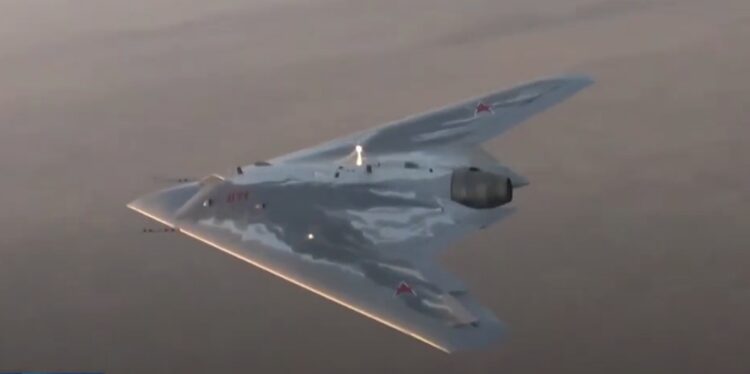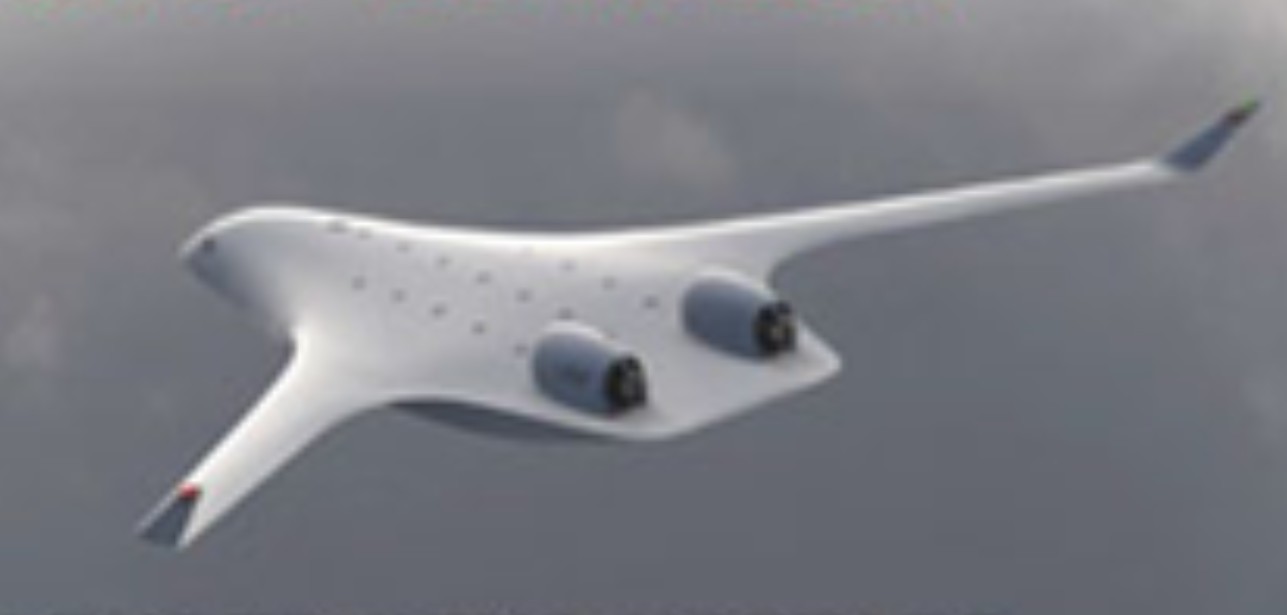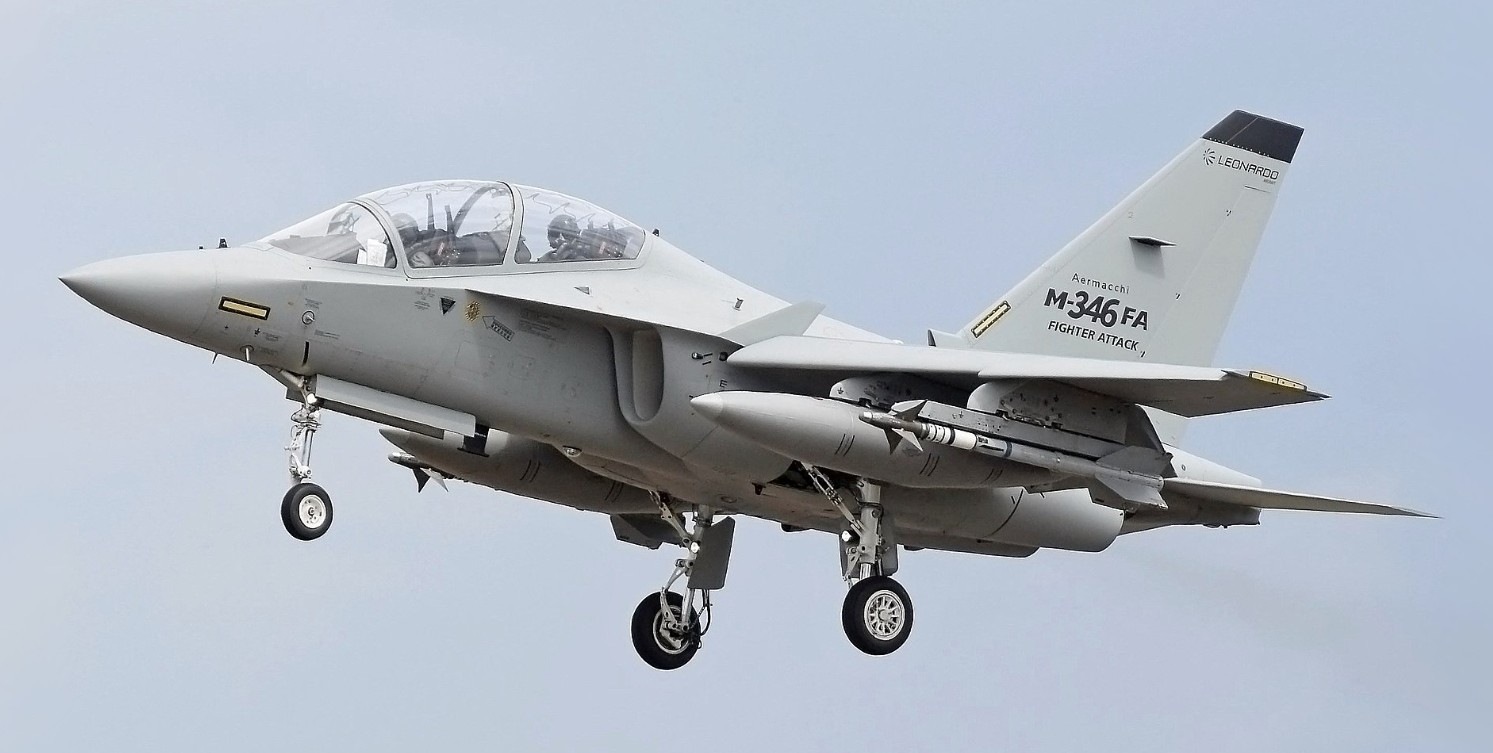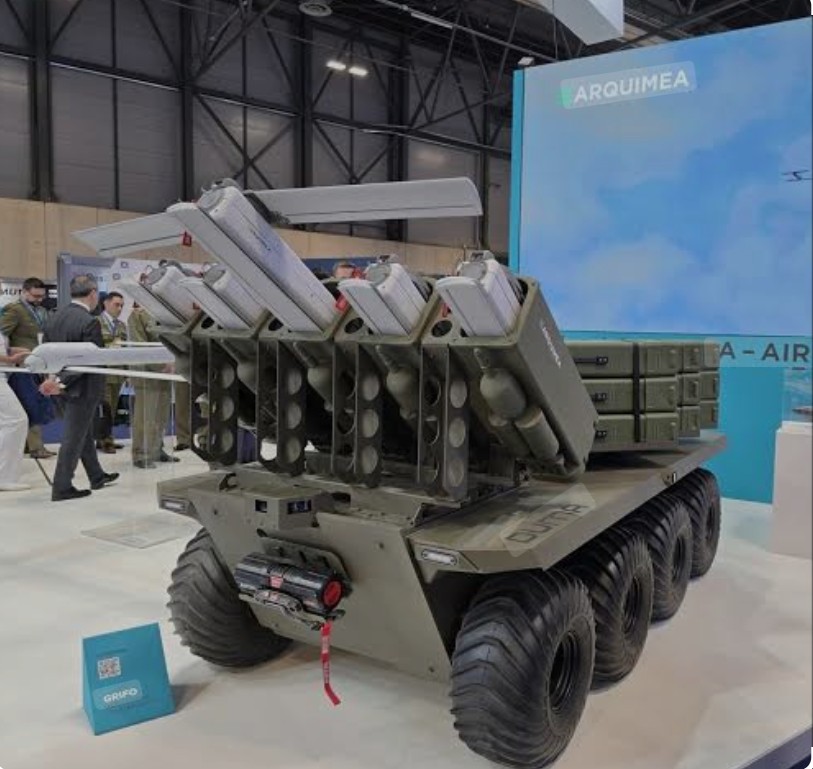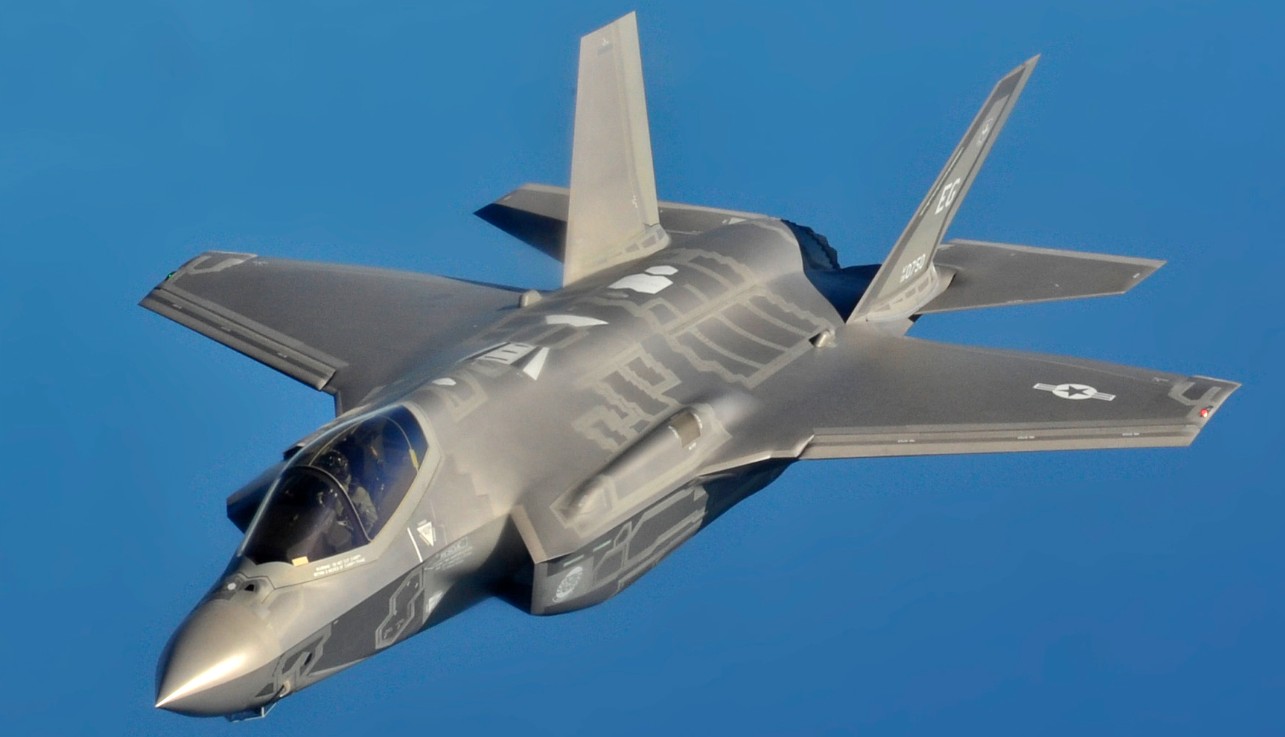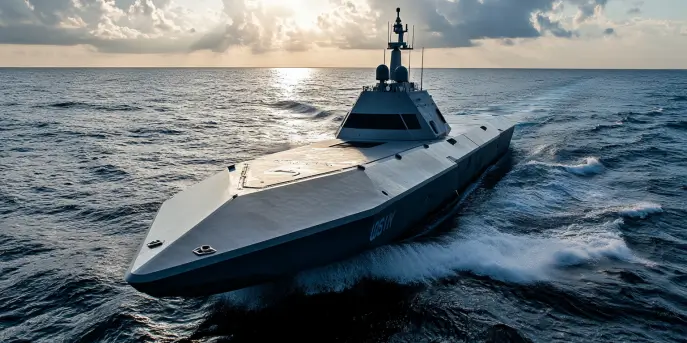The Rise of Unmanned Aerial Vehicles
Unmanned Aerial Vehicles (UAVs) have rapidly evolved over the past few decades, transforming the landscape of military and reconnaissance operations worldwide. One of the most significant advancements in this realm is the Russian Sukhoi S-70 Okhotnik-B, a cutting-edge, stealth-capable, heavy combat drone designed to complement the manned aircraft of the Russian Aerospace Forces.
Sleek Design and Stealth Features
Featuring a sleek and modern design, the S-70 Okhotnik-B is crafted with advanced stealth technologies that make it less detectable to radar systems. Its flying-wing structure, similar to that of the American B-2 Spirit bomber, significantly reduces radar cross-section, thereby enhancing its stealth capabilities. This strategic design choice is aimed at minimizing radar signature and bolstering the drone’s effectiveness in hostile environments.
Impressive Dimensions and Capabilities
The Sukhoi S-70 Okhotnik-B boasts impressive dimensions that contribute to its formidable presence in the skies. Below is a table illustrating some of the key specifications of this drone:
| Specification | Detail |
|---|---|
| Length | 46 feet (14 meters) |
| Wingspan | 65 feet (20 meters) |
| Maximum Takeoff Weight | 20 tons |
| Maximum Speed | 621 mph (1,000 km/h) |
The ability to perform at these dimensions enables the S-70 to employ high-speed infiltration strategies, capable of reaching specified coordinates with precision.
Payload Capacity and Armament
One of the standout features of the Okhotnik-B is its substantial payload capacity. With the ability to carry up to 4,400 pounds (around 2,000 kg) of armament or equipment, the drone can support a wide range of missions. This flexibility is invaluable in modern warfare, where dynamic situations require adaptable and multi-role platforms.
The payloads are diverse and often include precision-guided weapons, sensors, and electronic warfare tools. This arsenal allows the UAV to play a pivotal role in various combat scenarios, including strategic bombing and air support operations. Furthermore, it can autonomously distinguish between friend and foe, enhancing its operational efficacy and reducing collateral damage risks.
Enhanced Autonomy and Artificial Intelligence
The integration of advanced artificial intelligence has significantly enhanced the autonomy of the S-70 Okhotnik-B. This technology empowers the drone to execute complex missions with minimal human intervention, making it a key player in operations involving Threat Detection and Neutralization. The advanced AI systems aid in navigation, targeting accuracy, and mission sustainability. Deployment missions are preprogrammed, enabling the UAV to carry out objectives with exceptional precision.
Cooperative Engagement with Manned Aircraft
One of the unique aspects of the S-70 is its ability to operate in conjunction with manned aircraft like the Su-57 fighter jet, Russia’s fifth-generation stealth fighter. This collaborative approach enhances tactical coordination on the battlefield. The manned-unmanned teaming provides an edge by combining the superior decision-making capabilities of human pilots with the machine precision of drones, thus broadening the range of operational strategies available to commanders.
Development and Testing
Developed by the Russian defense company Sukhoi, the Okhotnik-B continues to undergo rigorous testing and refinement. Flight trials have been pivotal in the progress of its development, examining parameters such as aerodynamics, avionics systems, and payload distribution. Since its debut flight in 2019, the drone has been continually updated to meet evolving military needs, reflecting Russia’s commitment to advancing their UAV technology in keeping up with global aerospace trends.
The Role on the Global Stage
As the geopolitical landscape shifts, the presence of the S-70 Okhotnik-B underscores a significant shift in military strategies and capabilities. Its development signals Russia’s intent to establish a robust presence in the realm of unmanned combat systems, aligning itself with other military superpowers like the United States and China. Its introduction is poised to impact strategic military balances, compelling nations to reassess their aerial defense systems and counter-drone technologies.
Potential Civil Applications
While primarily designed for combat, the technology behind the S-70 holds potential for civil applications. Possible uses include disaster management, aerial surveillance for border and maritime safety, and rescue operations in hazardous environments where human presence poses significant risks. Pursuits of this nature are in nascent stages but represent a promising future where military technology can cross-pollinate into civilian sectors.
Challenges and Future Prospects
Despite its advanced features, the development of the S-70 Okhotnik-B isn’t without challenges. Key among these is the need for constant evolution in the face of advancing counter-stealth technologies. Moreover, integrating the drone into a broader military strategy requires continual updates and testing to ensure reliability and efficiency. Looking ahead, further development may see enhancements in stealth capability, endurance, and operational range. Efforts are also underway to improve the drone’s electronic warfare suite and data link systems to better resist jamming and cyber threats.
Overall, the Sukhoi S-70 Okhotnik-B serves as a testament to Russia’s ambitious stride in the aerospace sector, heralding a new era of combat drones that redefine air combat parameters and expand the possibilities of unmanned operations worldwide.
